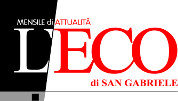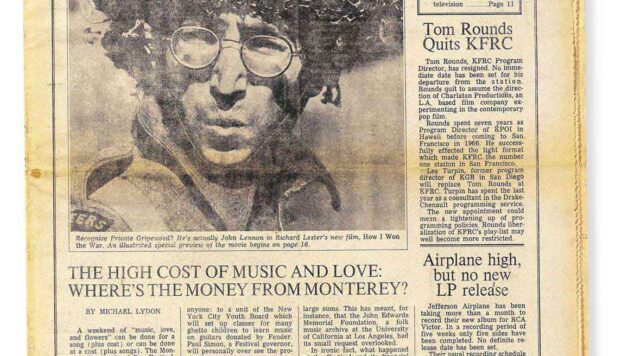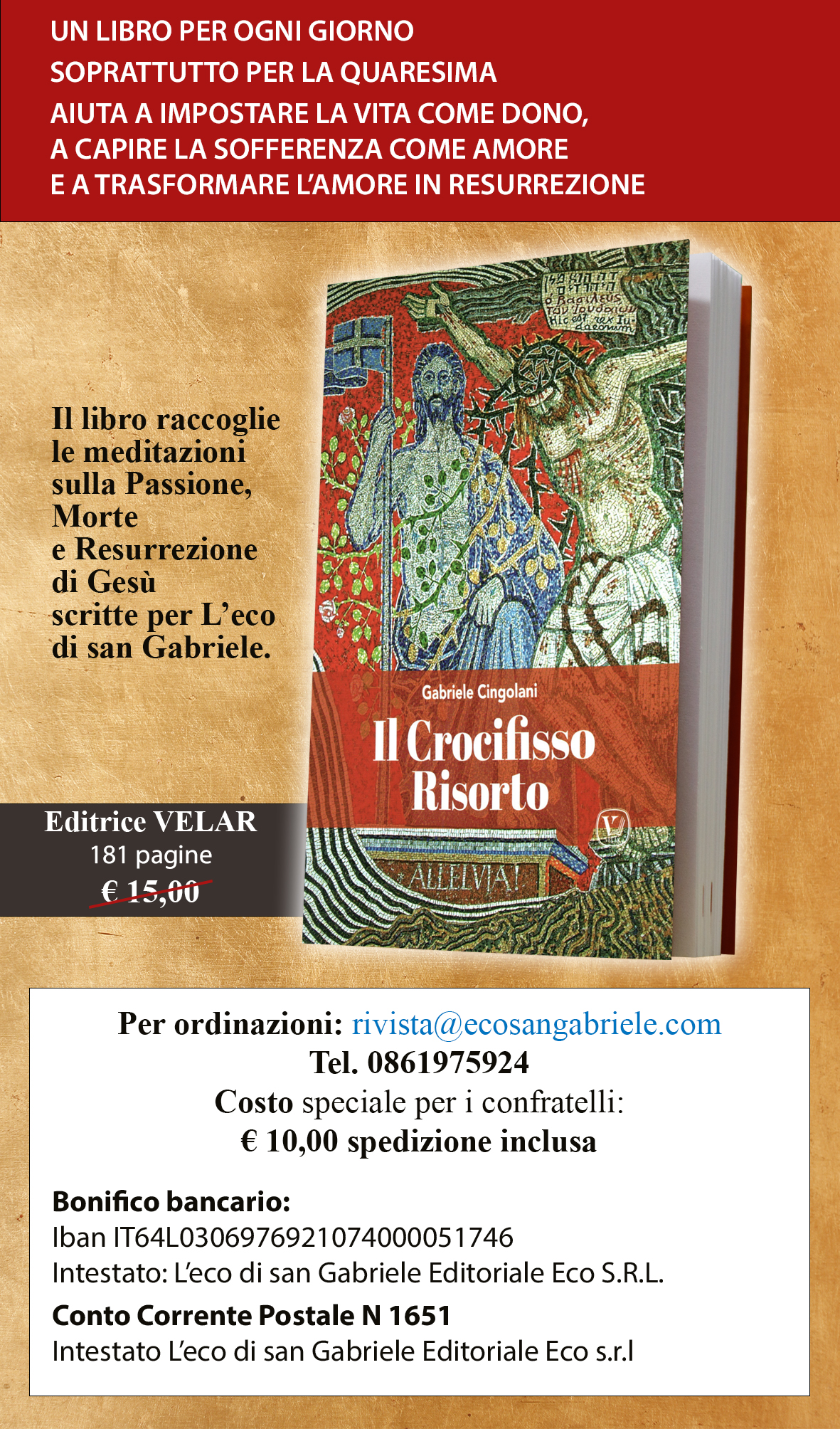Learning English through… Magazines
Parliamo questo mese di una rivista che quest’anno compie 54 anni: Rolling Stone.
“You’re probably wondering what we are trying to do. It’s hard to say: sort of a magazine and sort of a newspaper…Rolling Stone is not just about music, but also about the things and attitudes that the music embraces. We’ve been working quite hard on it and we hope you can dig it”. Jann Wenner, the co-founder of the magazine wrote these sentences in the first issue. He was a 21-year old with the dream of creating a music publication that discussed rock’n’roll. Ralph Gleason, a jazz critic for The San Francisco Chronicle, helped him in his venture. Rolling Stone first appeared on November 9, 1967. Startup money came mostly from the Wenner’s family and friends and the first top article was an investigation into the costs of the Monterey Pop Festival. The lead photo was that of John Lennon starring in a war movie. Wenner later talked about this choice and said: “There was no special reason for using it, it was just a good image. But it’s fitting in hindsight. It encompasses music, movies and politics, which is what we became about”. Indeed Rolling Stone grew into much more than a music magazine, having published the last John Lennon interview, photographs by Annie Leibovitz, and award-winning pieces of investigative journalism.
“Probabilmente vi starete domandando cosa stiamo cercando di fare. È difficile da dire: una sorta di rivista e una sorta di giornale… Rolling Stone non è solo sulla musica, ma anche sulle cose e le attitudini che la musica abbraccia. Ci abbiamo lavorato duro e speriamo che vi possa piacere”. Jann Wenner, il co-fondatore della rivista scrisse queste frasi nel primo numero. Era un ventunenne con il sogno di creare un magazine che discutesse di rock’n’roll. Ralph Gleason, un critico jazz per il The San Francisco Chronicle, lo aiutò nella sua impresa. Rolling Stone apparve il 9 novembre 1967. I fondi iniziali vennero per la maggior parte dalla famiglia e dagli amici di Wenner e il primo articolo di punta fu un’indagine sui costi del Pop Festival di Monterey. La foto principale fu quella di John Lennon che recitava in un film di guerra. Wenner ha dopo parlato di questa scelta e ha detto: “Non c’era una ragione speciale per usarla, era semplicemente una bella immagine. Ma con il senno di poi era appropriata. Abbraccia la musica, i film e la politica, ed è quello che siamo diventati”. Rolling Stone infatti divenne molto più di un magazine di musica, avendo pubblicato l’ultima intervista di John Lennon, delle fotografie di Annie Leibovitz, e dei pezzi di giornalismo investigativo che hanno vinto diversi premi.





















